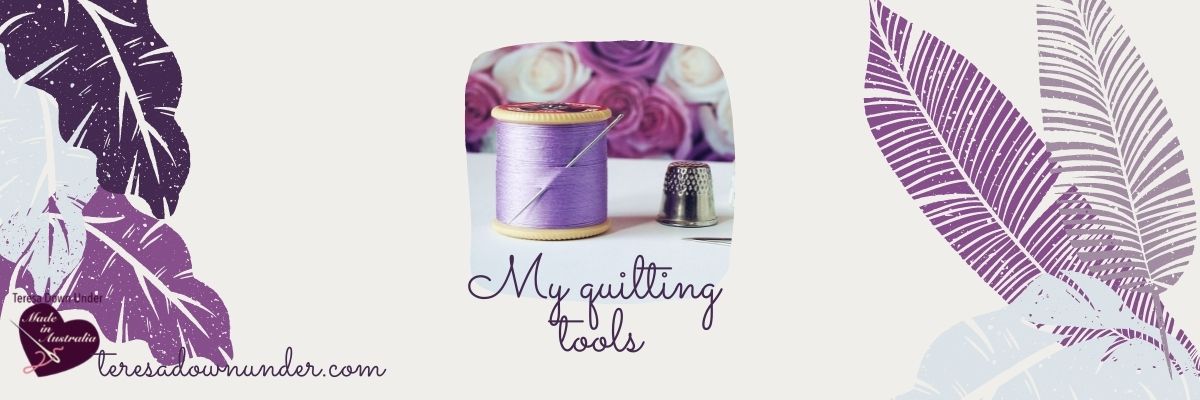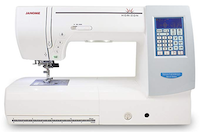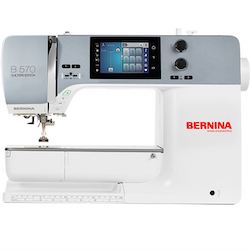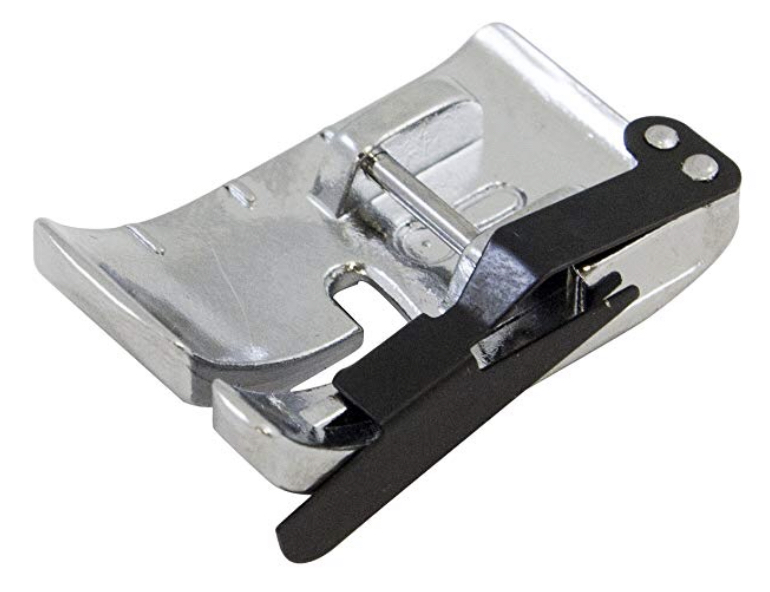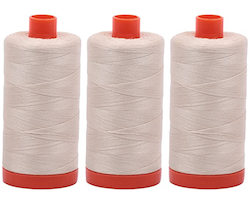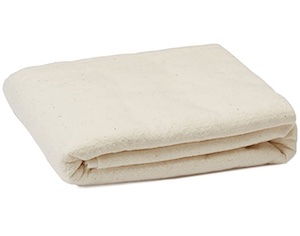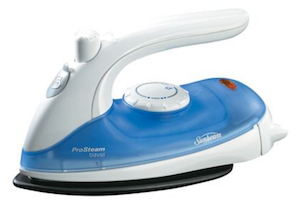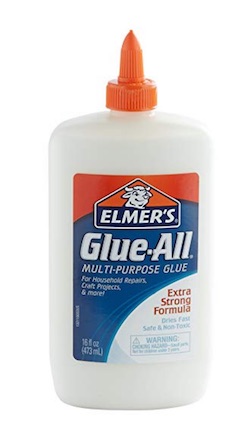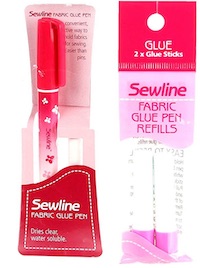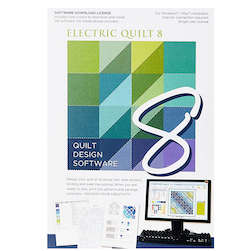I’ve been asked me many times before about the tools I use on my videos, whether it’s my sewing machine, or a ruler, thread, batting etc.
I don’t have lots of special quilting tools and I like using the bare minimum. I believe you don’t need to have lots of tools to be able to quilt.
I have compiled a list of my quilting “toys” in case you’re interested.
Attention beginners: If you’re just beginning and would like to start with just a few tools, look for the asterisk (*) next to the tool. I haven’t added any asterisks to any of the machines. I started with a cheaper Janome
Sewing machine and accessories
(*) If you’d like to buy a machine to get you started with quilting, I can recommend a model that looks similar to my first sewing machine.
It was a Janome and it looks a lot like Janome 4120QDC.
Current sewing machines
This was my second sewing machine and it’s still going strong. It’s a workhorse. I still use it.
This is the machine you will see on my new videos. It’s a delight to use, particularly being able to start and stop with a button instead of a pedal.
Sewing machine accessories
- Janome sewing machine 1/4 inch foot (*) This is my favourite presser foot. It helps keeping my seams to 1/4″.
Needles
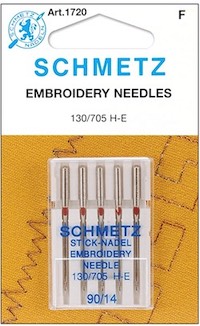
- Schmetz embroidery needles
I use embroidery needles in my quilting since I had problems with my needles breaking when doing free motion. Someone recommended I use embroidery to reduce friction when sewing quickly. So I tried and it worked so why change. Now I use them for all quilting I do whether it’s sewing or quilting.
I’m using Schmetz because I like using good quality needles in my machines.
I subscribe to the notion that cheap things are expensive in the long run.
Rulers
- Sullivan ruler 4.5″ x 4.5″
- Creative grid ruler 4.5″ x 12.5. Great for old yes.
- Sew Easy rulers in various sizes
- Sew Easy ruler 4.5″ x 14″
- Sew Easy ruler 6.5″ x 6.5″
- Sew Easy ruler 6.5″ x 24″
- Sew Easy ruler 12.5″ x12.5″ (*) This was my only ruler for at least the first 3 or 4 years into quilting
- Sew Easy 60 degree triangle ruler
- Westalee 18″ Ruler with Locking Fabric Guide
- Clearview 60 degree triangle ruler. This is a great addition as a specialty ruler if you intend to make many quilts with 60 degree triangles.

Add a quarter ruler. This ruler is a dream for foundation paper piecing. It’s a time saver! (*)
Cutting tools

AccuQuilt GO! with 8″ Qube with Eleanor Burns Quilt in a Day book.
I’ve fallen in love with my AccuQuilt GO! It really makes cutting faster and more accurate.

45 mm Olfa rotary cutter. I bought it in 2009 and it’s still going. (*)
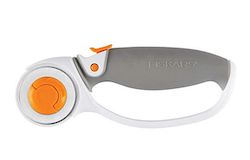
45 mm Fiskars rotary cutter. This rotary cutter had a titanium blade when I bought it and it lasted a long time.
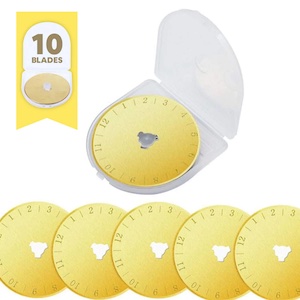
45 mm The fabric hut titanium coated blades. Titanium blades tend to be more expensive than regular blades but I found this shop that sells them quite reasonably priced. I tested them and I can confirm that they last longer than regular blades.
Self healing cutting mat
I use 3 different mats. I renew them now and then to use on the videos but I continue to use the old ones for my quilting off video. They last a long time and I’m a bit of a hoarder so I keep them.

Calibre Art cutting mat, 24″ x 36″. This is my current mat. I needed to replace my old Olfa and I wanted one that didn’t emit any strong plastic odours. This mat is odourless plus it can be bent and won’t lose its shape.
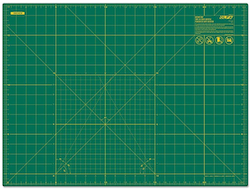
Olfa cutting mat, 18″ x 24″. Olfa makes great self healing cutting mats. I have several. The only problem with them I find is that they have a very strong plastic odour for a few weeks after purchasing them but most mats do anyway (*)
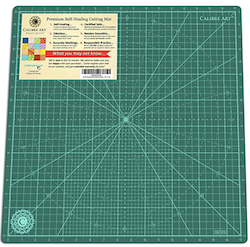
Calibre Art rotating cutting mat, 18″ x 18″. This mat is great when you need to cut fabric pieces in different directions, for instance when doing disappearing blocks.
Ironing mat
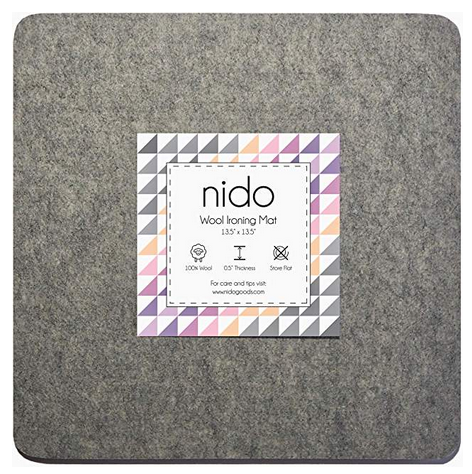
My ironing mat is 13 1/2″ x 13 1/2″, perfect for most block sizes.
I find ironing mats most convenient. You can just place it on top of your cutting mat as needed. The mat is very thick and won’t ruin your cutting mat.
Thread
I use a lot of Connecting threads cotton thread. The thread is quite good and quite cheap (*)
Aurifil cotton thread. I’ve recently started to use Aurifil thread and I can see why it’s so popular. It’s low lint and beautifully thin but strong. A pleasure to work with.
Batting
- Natural cotton batting (*)
- Bamboo batting. I like bamboo batting, it’s soft and great to work with
Freezer paper for foundation piecing or applique

Freezer paper for printing.
I used to trace my templates until I discovered that this paper exist. It’s a lot easier than tracing templates

This can also be used for printing and of course for tracing. When printing, cut a piece the same size as the copy paper, press on to the paper and just print on it. Don’t press for too long or it may stick to the paper permanently (*)
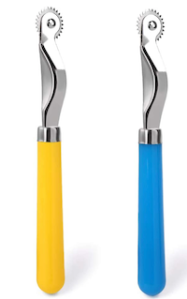
- Tracing wheel for foundation piecing
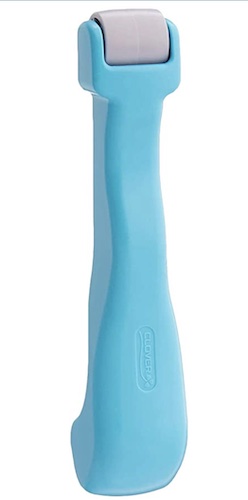
- Clover roll and press. For when you’re in a hurry and need to flatten the block seams a little
Travel iron
Other
These pins are beautifully made and you will see them on my videos.
Design tools
Pic Collage. This is the app I use to play with quilt layouts.
So this is a quite comprehensive list and you don’t need to have all of it. Sometimes you don’t need to buy the patchwork version but a cheaper version will do. Often you just need the basics. Look for the (*) for my basics that I started with and continue to be my favourite tools.
For instance the Sewline fabric glue pen is great but often you can get away with using a school glue stick that is water soluble.
Disclaimer: Some of the links above are affiliate links. This means that I get a commission on items sold via my links. It doesn’t matter if you bought the item I linked to. If you entered Amazon via my link and you buy something else I also get a commission. You, as a customer, don’t pay any extra.
The small amount I get paid on commissions pays for some of the work and materials I put into making my free tutorials.

